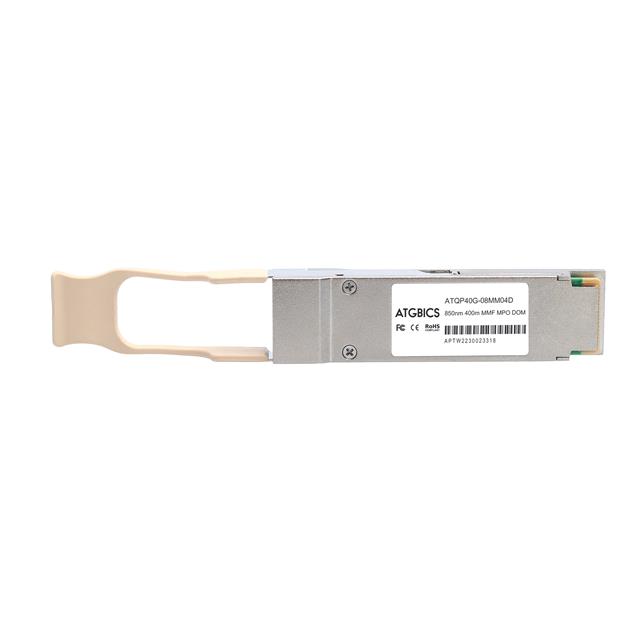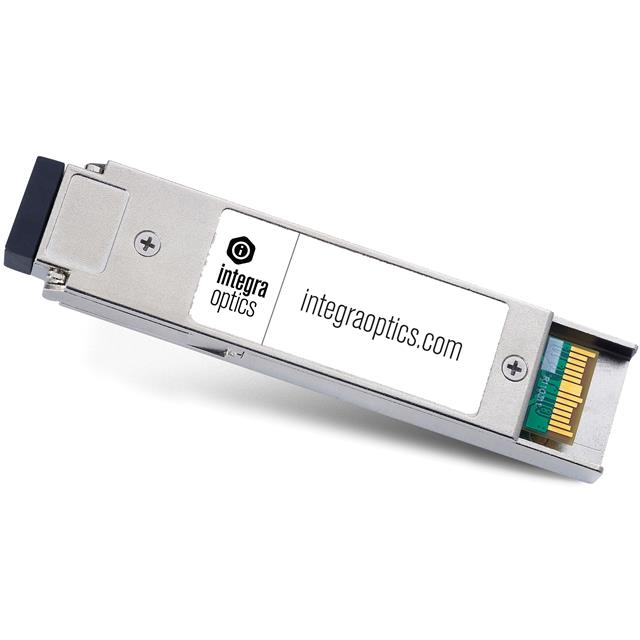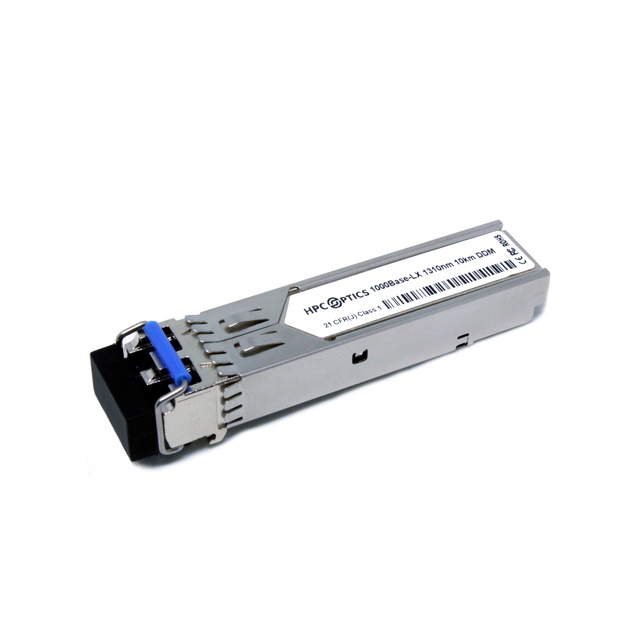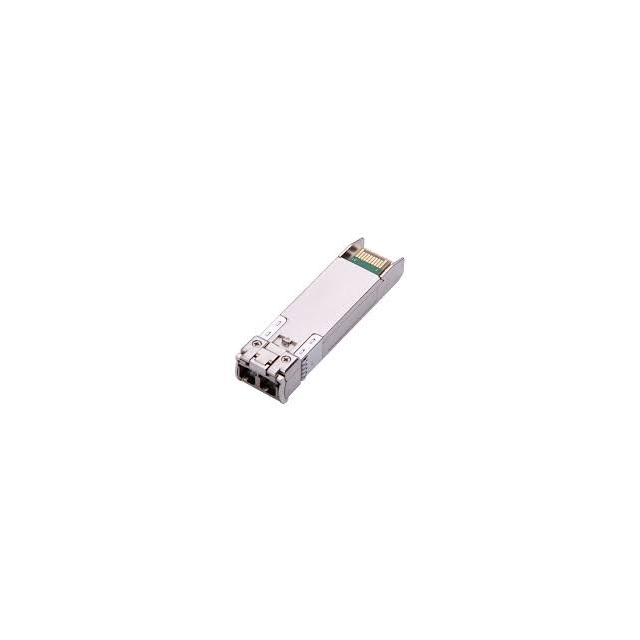

- RFQ
- BOM
-
Contact Us
Tel: +86-0755-83501315
Email: sales@sic-components.com
- Chinese
- English
- French
- German
- Portuguese
- Spanish
- Russian
- Japanese
- Korean
- Arabic
- Irish
- Greek
- Turkish
- Italian
- Danish
- Romanian
- Indonesian
- Czech
- Afrikaans
- Swedish
- Polish
- Basque
- Catalan
- Esperanto
- Hindi
- Lao
- Albanian
- Amharic
- Armenian
- Azerbaijani
- Belarusian
- Bengali
- Bosnian
- Bulgarian
- Cebuano
- Chichewa
- Corsican
- Croatian
- Dutch
- Estonian
- Filipino
- Finnish
- Frisian
- Galician
- Georgian
- Gujarati
- Haitian
- Hausa
- Hawaiian
- Hebrew
- Hmong
- Hungarian
- Icelandic
- Igbo
- Javanese
- Kannada
- Kazakh
- Khmer
- Kurdish
- Kyrgyz
- Latin
- Latvian
- Lithuanian
- Luxembou..
- Macedonian
- Malagasy
- Malay
- Malayalam
- Maltese
- Maori
- Marathi
- Mongolian
- Burmese
- Nepali
- Norwegian
- Pashto
- Persian
- Punjabi
- Serbian
- Sesotho
- Sinhala
- Slovak
- Slovenian
- Somali
- Samoan
- Scots Gaelic
- Shona
- Sindhi
- Sundanese
- Swahili
- Tajik
- Tamil
- Telugu
- Thai
- Ukrainian
- Urdu
- Uzbek
- Vietnamese
- Welsh
- Xhosa
- Yiddish
- Yoruba
- Zulu
- Kinyarwanda
- Tatar
- Oriya
- Turkmen
- Uyghur
How to use Electronic Components Datasheet?
A datasheet refers to the technical specifications of electronic components or products, usually provided by the manufacturer. A datasheet contains detailed information about the component or product, including performance parameters, electrical characteristics, dimensions, pin configurations, application circuits, etc. For electronic engineers, electronics enthusiasts, or maintenance personnel, using a datasheet is of great importance. The following are the steps on how to use a datasheet:
Determine the component or product model
First of all, we need to determine the model of the component or product that we need to use. This can usually be found by referring to the schematic diagram or the bill of materials. If you don't have this information, try to search using the component or product identifier.
Find the datasheet
Once we know the model of the component or product, we need to find the corresponding datasheet. This can usually be found on the websites of electronic component suppliers or through search engines. When searching, make sure to obtain the latest version of the datasheet.
Read the datasheet
After obtaining the datasheet, you need to read its content carefully. We should understand the component or product from the following aspects:
(1) Performance parameters: Check the main performance indicators of the component or product, such as voltage, current, frequency, rotation speed, capacity, etc.
(2) Electrical characteristics: Examine the electrical characteristics of the component or product, such as input and output resistance, leakage current, temperature coefficient, etc.
(3) Pin arrangement: Check whether the pin arrangement and functions of the component or product are correctly connected.
(4) Application circuits: Look at the typical application circuit diagrams of the component or product, as well as the applicable application scenarios.
(5) Operating conditions: Check the requirements for the operating conditions of the component or product, such as the temperature range, operating voltage, power supply type, etc.
Apply the datasheet
When using the component or product, we should operate in accordance with the requirements in the datasheet. For example, when connecting the pins, we need to connect them according to the pin layout in the datasheet and carefully confirm whether the connection is correct; when applying the circuit, we need to follow the typical application circuit diagram in the datasheet and make adjustments according to the actual needs; when selecting the component or product, we need to make the selection based on the performance parameters and electrical characteristics in the datasheet.
In short, using a datasheet is one of the basic tasks in the design, maintenance, and application of electronic components or products. By correctly reading and applying the datasheet, we can better understand and apply electronic components or products, and improve work efficiency and product quality.
If you are looking for datasheets of electronic components, sic is definitely a great place. There is a wide variety of components and their corresponding datasheets here, which can meet 90% of your needs. Whether it's a simple circuit board made by hobbyists or a complex system in an industrial environment, these diverse components and their datasheets we provide play a crucial role in ensuring the smooth operation of the system.
https://www.sic-components.com/integrated-circuits-ics

Hot Products
View MoreRelated Blogs

2000+
Daily average RFQ Volume

30,000,000
Standard Product Unit

2800+
Worldwide Manufacturers

15,000 m2
In-stock Warehouse



























 Wishlist (0 Items)
Wishlist (0 Items)